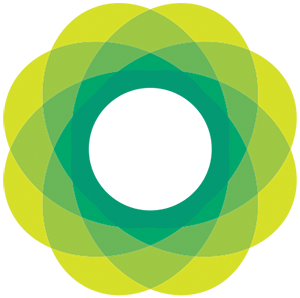The Pros and Cons of Using AI Photography: A Design Firm's Perspective
As a design firm, we understand the importance of using cutting-edge technology to bring our clients' visions to life. That's why we've been exploring the use of AI photography in our workflow.
On the one hand, AI technology promises numerous advantages. For example, the possibility of generating high-quality images in a fraction of the time it would take to shoot and retouch them manually. Or the flexibility to easily customized AI photography to fit any brand. The implication being lower costs and faster turnaround times. But does it actually deliver?
As a Creative Director, I’m accustomed to working with photographers and illustrators to describe the kind of image I’m looking for. Would the same process work with an AI? Trapped in the house over a frigid weekend, that’s the question I set out to explore.
The premise I imagined for this exercise was a chocolate cake to be positioned as an indulgent, premium product. Having several food brands as clients, this reflects a real-world possibility – and I really like chocolate cake. Midjourney is getting a lot of buzz these days, so that’s the tool I decided to use.
To get things started, I wrote a basic description of the image I wanted:
“a slice of cake on a ceramic plate award winning food photography photorealistic macro photo, HDR, 4K, high quality, great composition, cinematic.”
Admittedly, this is a fairly limited description but my goal was simply to set a baseline. The resulting images were equally uninspired, with lackluster compositions. Three out of the four first drafts also had only a vague notion of “chocolate,” with one being an unappetizing blue color. Adding the words “decorative plate” to the prompt improved the results a little but not much. I think the takeaway here is that you get what you put in: vague descriptions result in bland images. So, in this way, not very different than working with a person.
Things got much more interesting as I added additional words to the prompt. The next set of prompts included more words about the quality of the image:
“lush, decadent, bright elegant cinema, luxury concept art, dynamic composition, ultra resolution, extreme wide shot, hyperrealism, world made of light, soft lighting, unreal engine, depth of field, 8k, Full HD, Canon DSLR photo, f/2.8 long exposure, 25mm, — ar 5:2”
This produced images that definitely feel more luxurious and premium but some problems persist. For example, in one the cake is entirely gone. In another, the cake has been entirely replaced by an antique camera. This might be a winner if you’re doing an illusion cake on the Great British Baking Show but it doesn’t work as a product shot.
One of the nice things about using an AI is that you can instruct it to “do it again” an infinite number of times in the hope of generating a random image that works. (Warning: do not try this technique with a human photographer) After clicking re-render a bunch of times, a new image appeared that was much closer to the target. In this image, the limited use of props makes the image feel modern, while the lighting and styling make the cake visually appealing. On the other hand, the cake seems to have merged with the display stand. Selecting this new image and asking the AI to make a few more variations on it resulted in a unique image that is unexpected and quite beautiful. At the same time, it has become too conceptual and the cake is somewhat lost.
My takeaway from this experiment is that it's not all sunshine and rainbows in the land of AI photography. AI technology is still limited by its algorithms. While it can produce impressive results, it may not always capture the nuances and subtleties that come with a human touch. That being said, it did produce some very unexpected images that inspired me to think of new ideas. I can envision taking one of these images to a trusted photographer and using it as a springboard to collaborate on product image that is both creative AND usable.
In conclusion, there are both pros and cons to using AI photography in a design workflow. As a design firm, Ora will we use AI technology to enhance, rather than replace, human talent. By combining the strengths of both AI and human photographers, we can produce stunning images that truly bring our clients' visions to life.













